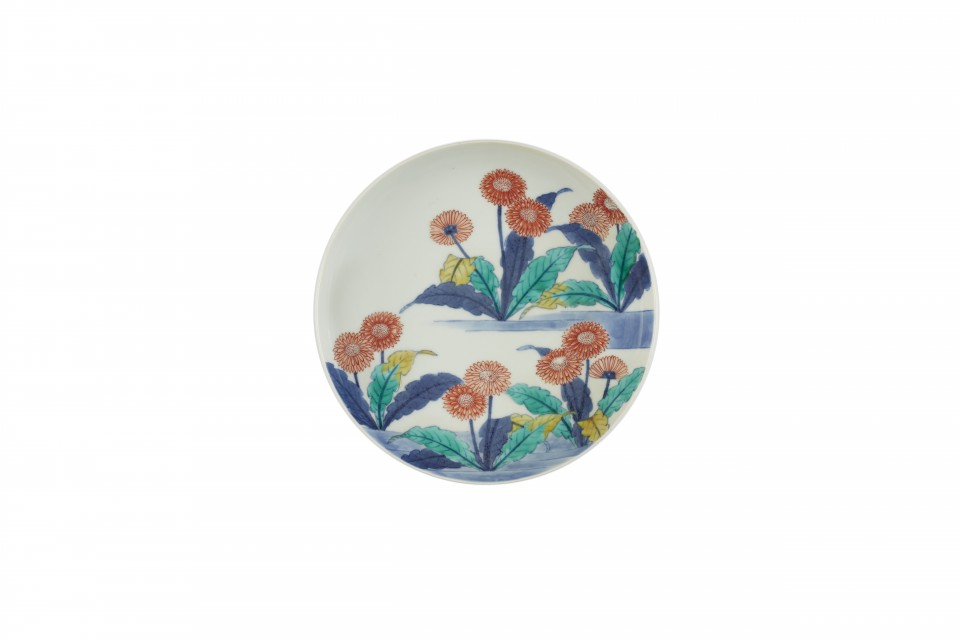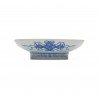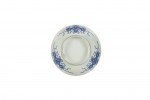
Dish

Photography by Synthescape, Digital image © Asia Society

Photography by Synthescape, Digital image © Asia Society

Photography by Synthescape, Digital image © Asia Society
Dish
Late 17th-early 18th century
Japan, Saga Prefecture
Porcelain painted with underglaze cobalt blue and overglaze enamels (Arita ware, Nabeshima type)
H. 2 x Diam. 7 7/8 in. (5.1 x 20 cm)
Asia Society, New York: Mr. and Mrs. John D. Rockefeller 3rd Collection, 1979.249
Licensing inquiries
The form of this dish, with its rounded profile and raised foot, is standard Nabeshima type, as is that of the two other Nabeshima dishes in the collection. The decoration on this piece exemplifies the complex and exacting technique of Nabeshima porcelain: rather than painted freehand, the design was transferred onto the body of the porcelain by rubbing a piece of patterned paper, and outlined with cobalt blue. After the dish was covered with a clear glaze and fired, it was colored with enamels, usually red, green, and yellow as in this dish, and then refired one last time. This process was adapted from both the doucai ("joined colors") technique of Chinese enameled porcelain and the dyeing technique of contemporary Japanese textiles. As befits such delicate and technically demanding ceramics, Nabeshima porcelain was elite ware intended for the Nabeshima domain lord (daimyo), rather than for the general consumer or for export.



